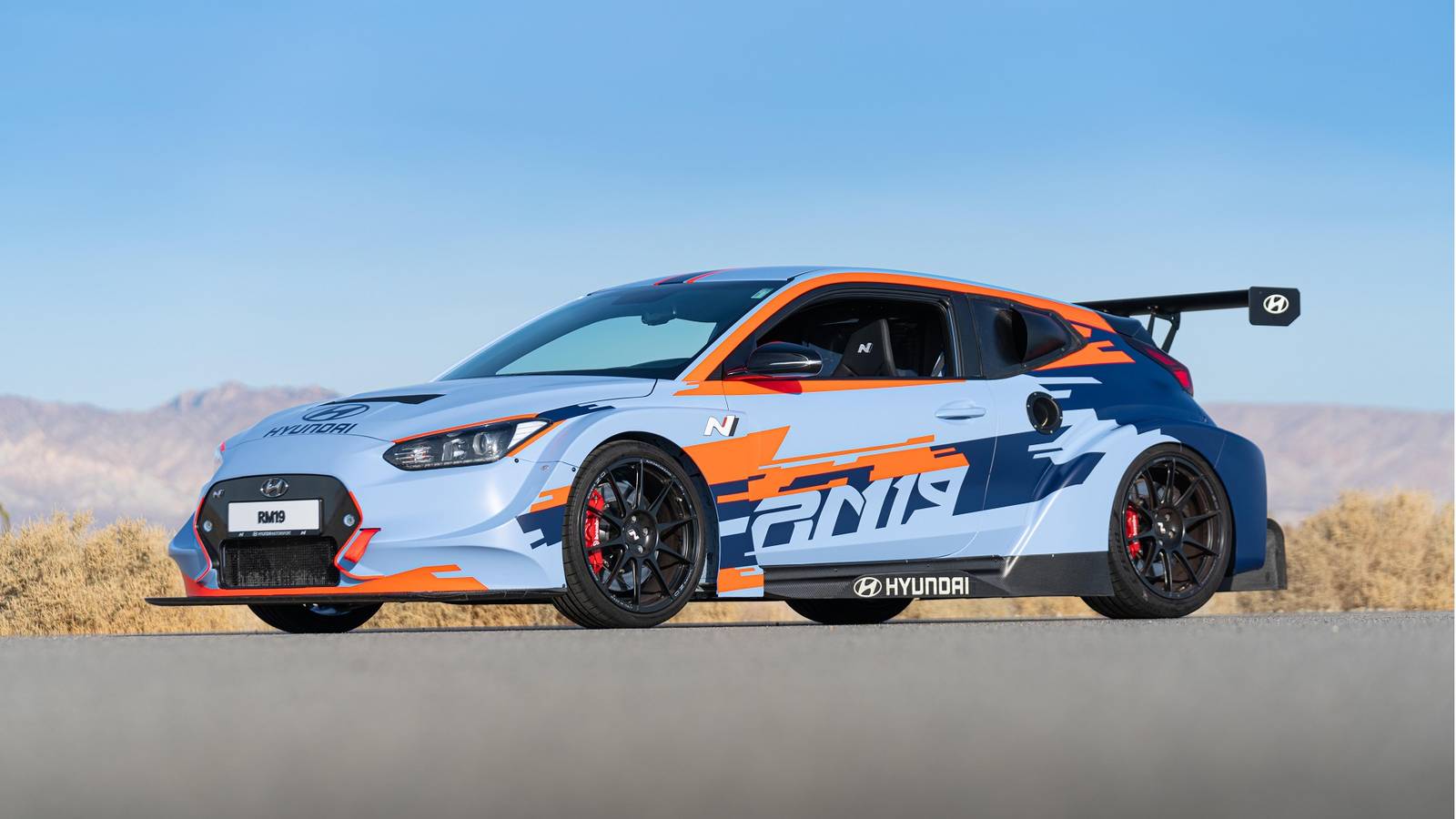Angel Sergeev is a seasoned automotive journalist with over 15 years of experience covering the automotive industry. Born in Sofia, Bulgaria, he began his writing career in 2010 while pursuing a degree in Transportation Engineering.
His early work included contributions to the local edition of F1 Racing magazine (now GP Racing magazine) and roles at various automotive websites and magazines.
In 2013, Angel joined Motor1.com (formerly WorldCarFans), where he dedicated over a decade to delivering daily news and feature articles. His expertise spans a wide range of topics, including electric vehicles, classic cars, and industry topics. Angel’s commitment to automotive journalism is further demonstrated by his membership in the Bulgarian Car of the Year jury since 2013.
Hyundai isn’t done with pistons – or with putting them behind the driver. A new Team HMG video on the company’s Korean YouTube channel shows a Hyundai engine designer confirming that an “MR engine” (midship, rear-drive) is still in the works. He calls it high-revving and admits the team is “experiencing many difficulties,” but the goal is simple – build it for real and build it right. Motor1 spotted the clip and translated key lines.
So what is this thing? The engineer hints at “an engine that has never existed before” with a “very different” layout. That wording points away from Hyundai’s other headline powertrain – the twin-turbo V8 for Genesis Magma Racing’s GMR-001 endurance prototype – which reuses about 60 percent of the hardware from Hyundai’s WRC 1.6-liter four. In other words, this MR project looks like its own beast, though we can’t be completely sure these are separate projects for the time being.
For context, Hyundai has chased a mid-engine dream for years. The RM (“Racing Midship”) program started as a skunkworks in 2012 and evolved into a string of wild Veloster-based test beds: RM14, RM15, RM16, and RM19, plus the electric RM20e. Those cars weren’t just showpieces, as they were rolling labs that helped validate hardware like the e-LSD and eight-speed DCT that later reached production N models. Hyundai didn’t pull the trigger on a road car back then, but the MR engine news says the itch never went away.
A clean-sheet combustion engine designed for a mid-engine layout can change the character of a car. You can chase a lower center of gravity, shorter intake paths, and sharper weight distribution. You can pair it to a proper transaxle, run serious cooling tunnels, and tune it to sing up high where track rats live. That’s the stuff that turns a sporty car into a driver’s car.
Now, about that Genesis V8 you’ve heard about. The GMR-001 hypercar program uses an LMDh-spec hybrid system with a Bosch MGU, Williams battery, and an ORECA-built chassis. The V8 itself grew from Hyundai Motorsport’s rally engine, which is why you see that 60-percent parts commonality. It’s a clever way to go racing fast without reinventing every part. But “very different” is how the MR unit gets described in the Team HMG video, which suggests this mid-engine street effort isn’t the race motor in disguise.
So where could this land? Two obvious garages: Hyundai N and Genesis Magma. N already has the RM playbook and a fanbase that wants a halo car. Genesis now has a racing arm and a performance sub-brand dripping with heat. An MR-layout coupe wearing either badge would give Korea a genuine halo rival to the mid-engine establishment. For now, it still sounds like something from a sci-fi movie – Hyundai isn’t saying timelines or specs, but the fact an engineer speaks on camera about development (and about wanting to “mass-produce it without any problems”) isn’t nothing. That’s intent, hopefully.
Source: Hyundai via Motor1
We want to hear from you! Share your opinions in the thread below and remember to keep it respectful.
Your comment has not been saved
This thread is open for discussion.
Be the first to post your thoughts.












